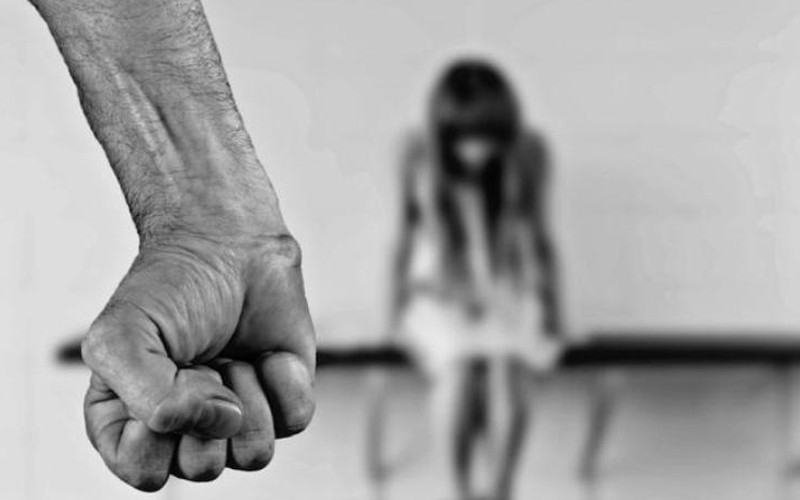Article 370 revocation changes minds, hearts of Jammu and Kashmir people

Revocation of Article 370, a temporary provision in the Constitution of India, three years ago changed the minds and hearts of Jammu and Kashmir residents and transformed their lives.
The August 5, 2019, decision of Prime Minister Narendra Modi, led the regime to end the so-called special status of Jammu and Kashmir and bifurcate it into two Union Territories bringing the Himalayan region closer to Delhi and settling all the issues once and for all.
Changes that took place in J&K after 2019 opened up the Union Territory to the world. Nearly 1.8 crore tourists visiting J&K in 2022 broke all records.
Tourists who visited the Himalayan region became the brand ambassadors of J&K.
Hospitality and the love which natives showered on them changed their perception about Jammu and Kashmir.
They realized that every Kashmiri is not a terrorist and a hate monger.
They carried forward the message of peace and love given to them by the natives.
Notably, J&K’s transformation from a terror hit region into the tourism capital of India punctured the fake propaganda of Pakistan and its stooges.
People of J&K by endorsing the Centre’s decision to fill in all the voids by revoking Article 370 drove home a point that the violence was imposed on them by Pakistan and the terrorists sponsored by it.
After the scrapping of J&K’s special status they have held the Tricolor close to their hearts and have hoisted it in every nook and corner of the Union Territory.
J&K’s common man has proven beyond doubt that he wants to live a peaceful life and firmly believes that his future is secure with India.
‘Ek Bharat Shreshtha Bharat’
Developments that have taken place during the past three years have been important not only for the children of Kashmir, but also for the entire youth of the country.
As of date many youth from different parts of the country are enrolled in different professional colleges in J&K and many youth from the UT are pursuing their studies in educational institutions across the country.
Youth getting connected with each other has led to cultural exchanges. It has developed the spirit of oneness and nationalism.
The fake notion about J&K being altogether a different place and its people not being treated at par with other Indian citizens has been dispelled. J&K has become a part of ‘Ek Bharat Shreshtha Bharat’ full of diverse cultures, languages, cuisines and attire.
J&K youth instead of stones and guns are holding books and laptops in their hands. They have developed a new thinking for start-ups and potential to compete with anyone.
Rhetoric punctured
Politicians, who used to claim that Article 370 is a bridge between Delhi and J&K and its revocation would lead to bloodshed, have eaten a humble pie as their rhetoric and predictions have fallen flat.
Denizens of Jammu and Kashmir have understood that the leaders, who claimed to represent them for seven decades, raised hollow slogans and misled them.
The change that J&K has witnessed after 2019 has proven that the intransigence of a few leaders pushed the Himalayan region into turmoil.
It allowed Pakistan to take advantage by sending guns and grenades and pushing youth toward violence.
More than 95% of the population of J&K was taken hostage by a handful of PPakistan-sponsored separatists and terrorists, who did everything to keep people away from their daily chores by hurling grenades, attacking security forces, orchestrating stone-pelting and shutdowns. For 30-long years Pakistan stooges in Kashmir ran a parallel system and called the shots by unleashing terror on the streets.
KKashmir-based politicians, who ruled J&K from 1996 to 2018, made the entire country believe that everyone in Kashmir is a stone-pelter and is out on the streets to seek ‘Azadi.’ However, when these leaders were detained after the abrogation of Article 370 in 2019, no Kashmiri came out on streets to protest their detention and seek their release.
During the past three years Kashmir hasn’t observed a shutdown for even a single day nor has any incident of stone-pelting been reported from any part of J&K. People have welcomed the Centre’s decision by becoming equal stakeholders in rebuilding Jammu and Kashmir.
Democracy reaches grassroots
It’s for the first time since 1947 that democracy has reached the grassroots level. As of date more than 30,000 elected representatives of the people are working in the Panchayat system of Jammu and Kashmir.
Panchayats have become new power centers in J&K with people actively participating in the activities being carried out at a local level. Panchayat representatives have been given a formal protocol.
They have been provided with insurance covers. Panchayats are getting funds directly into their bank accounts.
The power structure in J&K has been decentralized to an extent that the common people don’t have to run after anyone to get their works done.
In November last year the Administrative Council led by J&K Lieutenant Governor Manoj Sinha accorded approval to Gram Panchayats, Block Samitis and Zila Parishads to execute works from their own resources.
The Gram Panchayats were vested with an authority to accord administrative approval to works from Rs one lakh to Rs five lakhs, the Block Samitis to works ranging from Rs 5 lakhs to Rs 20 lakhs and the Zila Parishad upto Rs 1 crore.
For seven decades the PRIs existed only on papers in J&K as the politicians never made an attempt to take democracy to the grass root level.
Common man’s empowerment and bringing him closer to the system have been the thrust areas. The formula has worked to pull J&K out of the quagmire of uncertainty, chaos and confusion.
In three years J&K has been integrated completely with the Union of India and the ones who preached separatism, sedition, autonomy and self-rule have become irrelevant.




